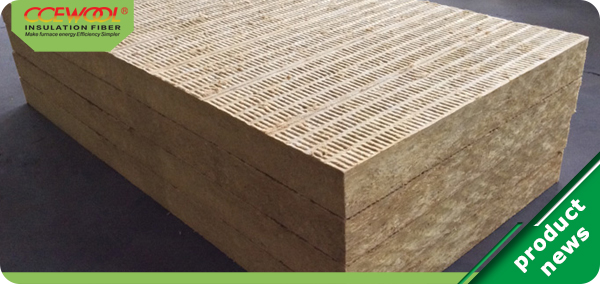Construction method of insulation basalt wool board.

11. Surface layer plastering mortar
11.1 After the second layer of the bottom plastering mortar is dried (touchable), apply a layer of 2.0~3.0mm thick plastering mortar. The total thickness of the plastering mortar should be ≥5.0mm.
11.2 The plastering mortar for the surface layer should completely cover the mesh cloth, and the surface flatness shall meet the relevant requirements of external wall surface decoration paint.
12. Special part processing
12.1 Repair holes
1) When the scaffolding is removed, the scaffold holes, channel steel holes, wall-piercing parts and other holes should be repaired in time, and the wall holes should be filled in twice with the same base wall material and smoothed with 1:3 waterproof cement mortar.
2) Cut the insulation basalt wool board according to the hole size and polish its edge to make it tightly sealed and filled in the hole.
3) After the waterproof cement mortar in the hole is solidified, apply a 10mm thick special adhesive on the back of the cut insulation basalt wool board, and insert the rock wool board into the hole. But be careful not to apply special adhesive on the edges of cut insulation basalt wool board.
4) Cut the mesh cloth that can cover the entire repair area, and overlap with the surrounding mesh cloth by 80mm.
5) Apply the plastering mortar twice. First layer of plastering mortar bury the repaired mesh cloth. When the surface does not stick to your hands, apply the surface plastering mortar, the thickness of surface plastering mortar should be consistent with the surroundings.
6) Use a wet brush to level the unevenness of the new and old surfaces, and brush the edges of the holes flat.
Next issue we will continue to introduce the construction method of
insulation basalt wool board. Please stay tuned!



